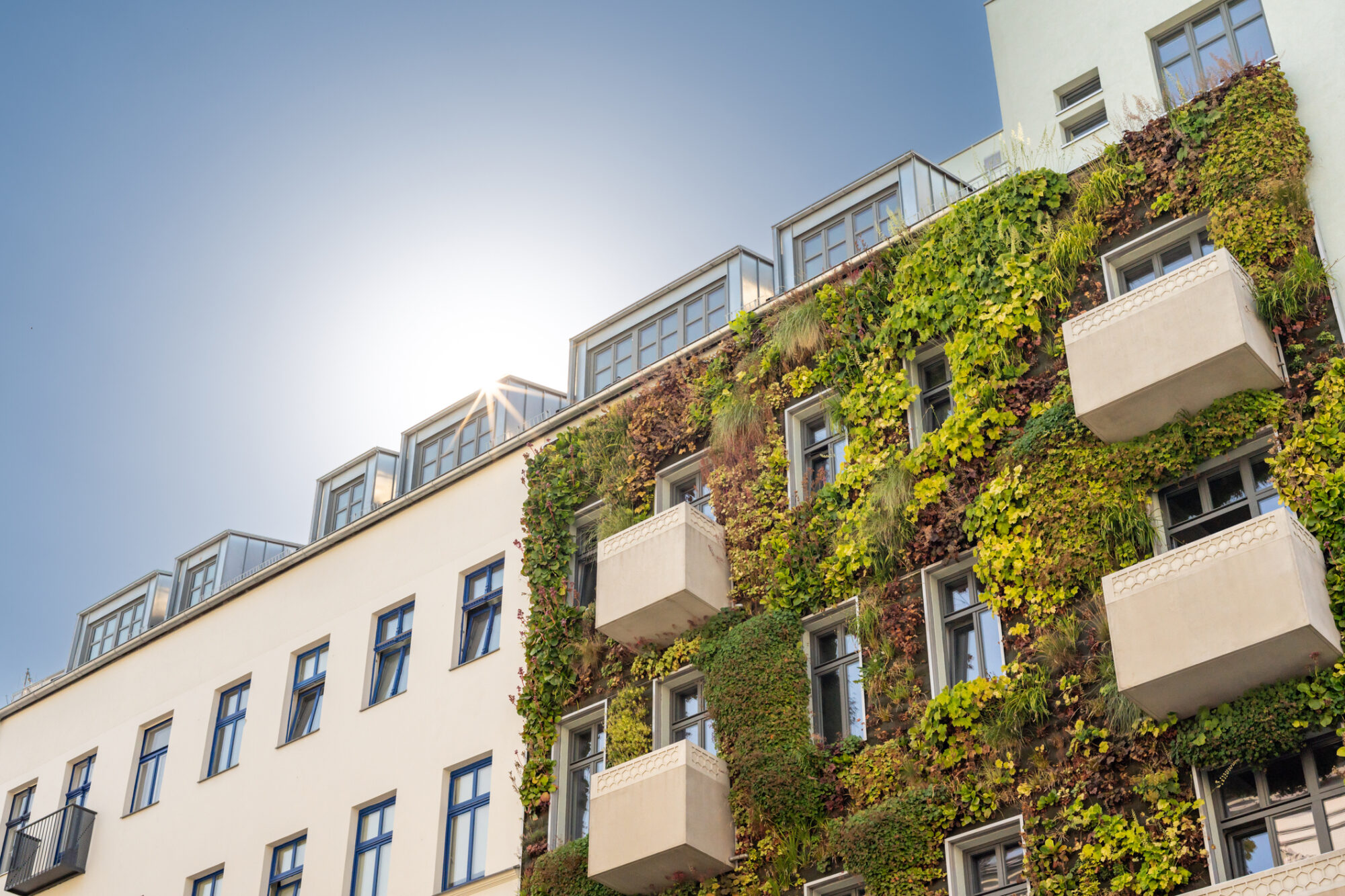The Crucial Role of Climate Control in Modern Architectural Design
In the evolving landscape of architectural design, the integration of climate control elements not only enhances comfort but also aligns with the vital principles of eco-responsibility and sustainability. At EAPC Architects Engineers, we place a premium on crafting designs that synchronize with the environment, ensuring a harmonious blend of design and ecology. Here, we delineate why climate control holds paramount importance in contemporary architectural blueprints.


Energy Efficiency and Sustainability
First and foremost, embedding climate control strategies into the fabric of architectural designs substantially enhances energy efficiency. By utilizing high-performance insulation, double-glazing windows, and optimized natural ventilation systems, buildings can effectively moderate internal temperatures, reducing the reliance on artificial heating and cooling systems. This approach not only curtails energy consumption but also minimizes the carbon footprint of the structures, aligning with the global objectives of environmental conservation and sustainability.
Comfort and Wellness
As architects, our mandate extends beyond erecting structures to creating habitats that foster well-being and comfort. Climate control is central to this directive, offering an avenue to tailor internal environments to suit human needs precisely. Through the integration of climate-responsive elements like sun-shading devices and thermal mass materials, we are able to craft spaces that maintain a comfortable thermal equilibrium, enhancing the quality of life for the inhabitants.
Economic Prudence
From an economic standpoint, incorporating climate control features in architectural designs translates to significant savings in the long run. By reducing the energy demands of a building, owners can mitigate operational costs markedly, translating to a healthier bottom line. Moreover, climate-smart buildings often enjoy a higher market valuation, offering economic incentives to investors and homeowners alike.

Enhancing Aesthetics with Nature
Integrating climate control in architectural design doesn’t mean compromising aesthetics. In fact, at EAPC, we believe it opens avenues for innovative, nature-centric designs that blend seamlessly with the surroundings. By utilizing materials that resonate with the local climate and incorporating green spaces within the designs, we have the ability to craft edifices that are not only visually captivating but also in harmonious dialogue with nature.

Legal Compliance and Industry Standards
As nations globally ramp up their efforts to mitigate climate change, the architectural sector is witnessing a proliferation of regulations aimed at fostering sustainability. Adhering to climate control principles in architectural design, thus, not only signifies a commitment to ecological stewardship but also ensures compliance with evolving legal mandates and industry standards.

Future-Proofing Your Investment
In an era characterized by dynamic climatic shifts, embracing climate control in architectural design represents a sound strategy to future-proof your investment. By crafting buildings that are adaptable to changing weather patterns and equipped to harness renewable energy sources, we ensure the longevity and resilience of the structures, safeguarding the investments of our clients.
In conclusion, the integration of climate control principles in architectural design stands as a pillar of modern, responsible, and innovative architecture. It is a multidimensional approach that converges the objectives of environmental conservation, economic prudence, and enhanced living comfort. At EAPC, we are at the vanguard of this transformative wave, championing the cause of climate-smart, sustainable, and aesthetically pleasing architectural solutions. Join us in shaping a future where the built environment meets ecology in a seamless and harmonious dance.